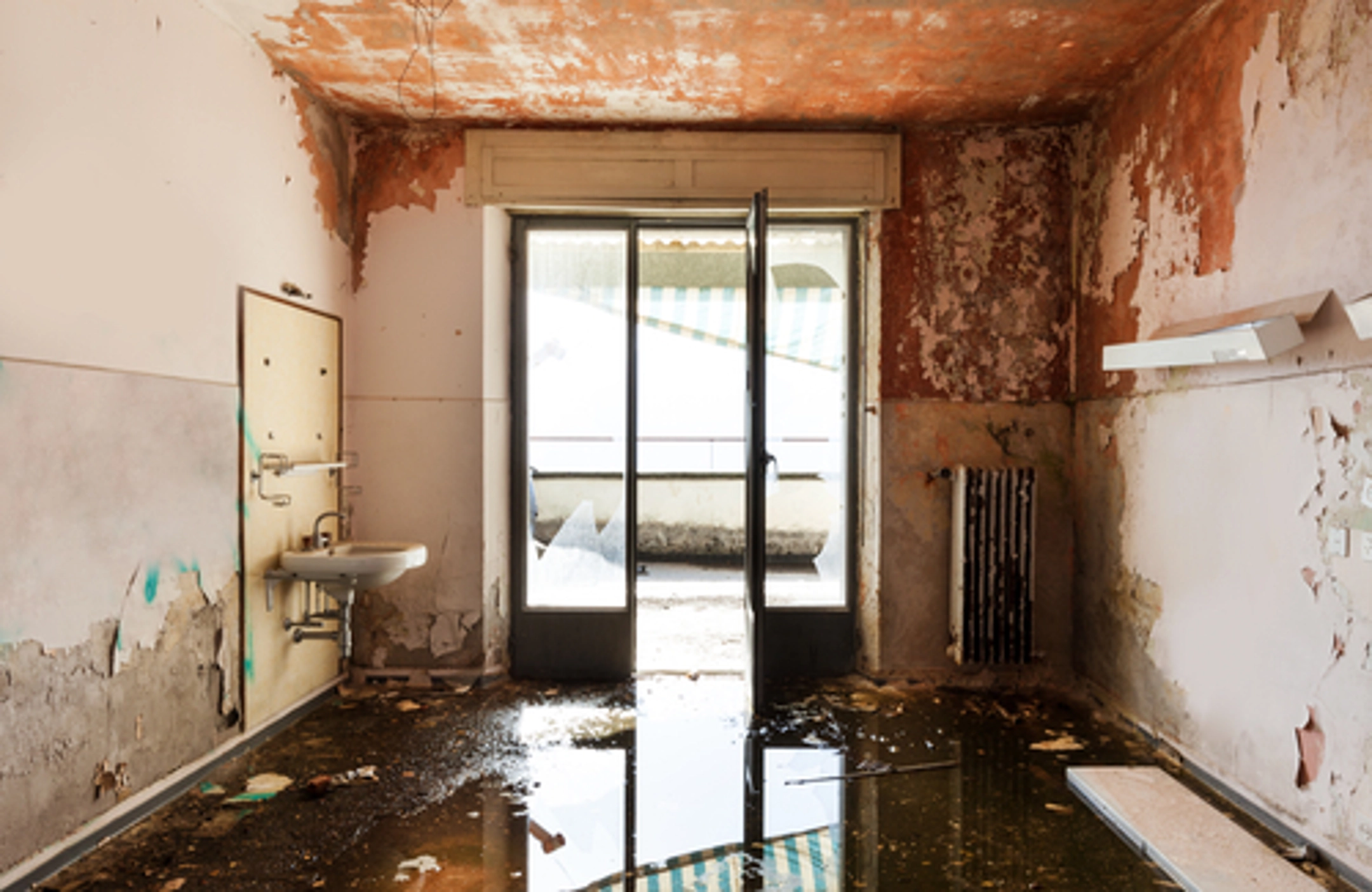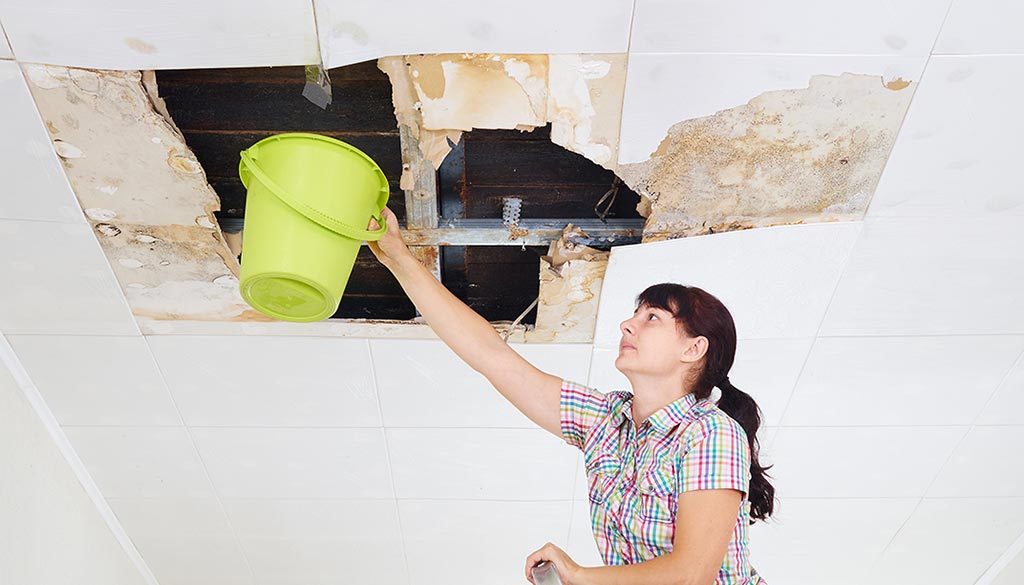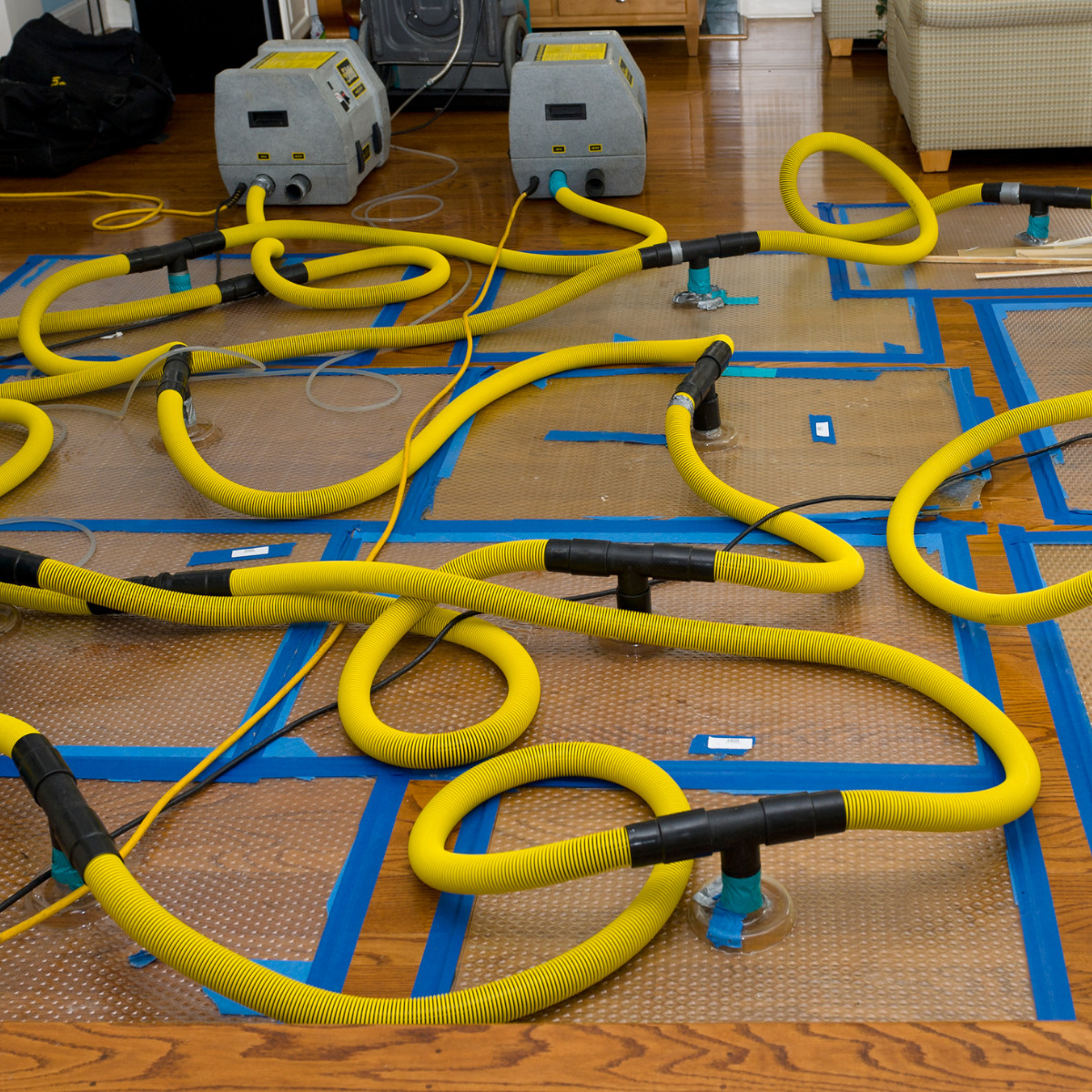Vital Actions to Comply With for Effective Water Damages Repair in your house
When faced with water damages in your home, understanding the vital steps for effective restoration can make all the difference. You require to examine the damage and warranty safety and security prior to tackling the problem. Quiting the source of water is crucial, but it's just the beginning. There's a collection of actions you need to take to shield your property from additional issues once you have actually managed that. Let's explore what you must do following.
Assess the Damage
When you discover water damage in your home, the initial step is to assess the damages thoroughly. Beginning by recognizing the source of the water intrusion. Inspect for leakages, ruptured pipelines, or various other problems triggering the problem. Next off, check out the impacted areas for noticeable indicators of damage, including mold and mildew, discoloration, or bending development. Do not fail to remember to look in surprise spots like behind wall surfaces or under floor covering, as water can seep into these areas unnoticed.Document the damages by taking clear images and notes. When reviewing the situation with your insurance company or restoration professionals, this will assist you. Take note of the sort of materials impacted, as different materials need various repair techniques. Examine the level of the damage. Is it extensive or small? Understanding the range will certainly assist you in determining whether to handle it on your own or call the professionals for a much more comprehensive restoration procedure.

Ensure Security
Prior to you begin any repair job, ensuring your security is essential. Initially, assess the problem of your home. If the water's deep or if you discover electric threats, do not enter the area. Switch off the power and gas supply to avoid mishaps. Use protective gear like gloves, boots, and masks to protect on your own from contaminants or mold.It's important to remain knowledgeable about your surroundings; look for sharp items and unsafe surfaces. If the water is from a sewage back-up, treat it as harmful waste. Maintain pets and children far from affected areas to avoid exposure.Once you've taken these safety measures, you can continue with the reconstruction procedure. Bear in mind, your safety precedes, and if you're ever uncertain, it's ideal to consult an expert. Taking these steps will certainly help guarantee you're prepared to tackle the restoration safely and effectively.
Quit the Source of Water
After guaranteeing your security, the next step is to quit the source of water. Recognize where the leak is coming from. Maybe a ruptured pipeline, a defective device, or perhaps hefty rainwater entering through a harmed roofing system. Transform off the primary water supply to your home to avoid further flooding if it's a pipes problem. For appliances, unplug them and shut down their water valves.If the resource is outside, like rain, try to divert it away from your home using sandbags or other barriers. For small leaks, you may be able to utilize tape or a sealant momentarily until a professional can repair it. Remember, attending to the resource promptly is vital to minimizing damage and avoiding mold growth. As soon as you have actually quit the water, you'll remain in a far better placement to go on to the following steps in the remediation procedure.

Get Rid Of Excess Water
Act rapidly to get rid of excess water, as standing water can result in more substantial damage and mold development. Collect your tools: a wet/dry vacuum cleaner, buckets, and towels. If the water is shallow, you can make use of towels to take in the dampness. For deeper water, a wet/dry vacuum cleaner is your finest wager. See to it to clear the vacuum cleaner regularly to prevent overflow.If the water is polluted, like from a sewage back-up, use safety equipment, including handwear covers and masks, to maintain on your own safe. When you've eliminated as much water as feasible, look for covert pockets of dampness in corners and under furnishings, as these can harbor mold.Don' t forget to shut off electrical home appliances and power outlets in wet areas to avoid hazards. This initial step is important in decreasing damages and setting the stage for an effective reconstruction procedure.
Dry and Dehumidify the Area
When you've eliminated the excess water, it's necessary to dry and dehumidify the area thoroughly. Beginning by making use of dehumidifiers properly to draw moisture out of the air and protect against mold and mildew development. Watch on moisture degrees to guarantee the space dries out completely.
Eliminate Standing Water
To properly tackle water damage, you require to focus on eliminating standing water as quickly as feasible. Start by collecting required devices, like a wet/dry vacuum cleaner or a pump, relying on the quantity of water. If the water is superficial, a vacuum needs to work. For larger quantities, a pump is a lot more effective. While working, make certain to wear protective gear to maintain on your own secure from impurities. As you remove the water, take note of hidden areas like under furniture or in corners where water may collect. As soon as you have actually eliminated the majority, your area will certainly begin to dry out. This step is crucial, as sticking around water can cause mold and mildew development and much more considerable damage.
Usage Dehumidifiers Effectively
Exactly how can you effectively make use of dehumidifiers to completely dry and dehumidify your space? view Beginning by placing your dehumidifier in the most afflicted location, preferably where water damage is most serious. Make certain to shut all doors and windows to develop a sealed setting. Turn on the dehumidifier and set it to the proper humidity level, typically around 30-50%. Empty the water collection storage tank often, or consider making use of a model with a continual drainage alternative for benefit. Ideally, utilize fans to enhance air flow, aiding the dehumidifier job a lot more efficiently. Maintain the dehumidifier running up until you're confident that the area is completely dried, protecting against mold and mildew growth and added damages (Smoke Damage Restoration). This action is necessary for effective water damages remediation
Display Moisture Degrees
Tracking moisture levels is necessary throughout the drying out process, as it helps ensure your area continues to be without excess dampness. Purchase a trustworthy hygrometer to track moisture accurately. Preferably, you desire to maintain degrees between 30% and 50%. If moisture analyses climb over this range, you may require to change your fans or dehumidifiers to boost air flow. Examine the analyses frequently, specifically in locations prone to dampness, like restrooms or cellars. If you notice persistent high moisture, consider enhancing air flow or using added dehumidifiers. Staying on top of these levels not only speeds up the drying process yet likewise prevents mold growth, ensuring your home stays safe and comfy.
Tidy and Disinfect Affected Surfaces

Restore and Repair Your Home
After cleaning and disinfecting the affected locations, it's time to recover and fix your home. Begin by assessing the damages. Examine for structural problems, like deteriorated wall surfaces or floors, and deal with any required repair services. Replacing harmed drywall or flooring is vital for both appearances and safety.If your furniture or valuables were affected, think about whether they can be restored or require replacement. Clean or expertly restore products where possible.Next, touch and repaint walls up any areas that require interest. This not just boosts look however additionally secures surface areas from future water damage.Don' t neglect to inspect your plumbing and devices for leakages, ensuring whatever's working appropriately. Ultimately, take into consideration mounting a dehumidifier to stop future dampness issues. By taking these actions, you'll recover your home to its former glory and create a much safer living setting.
Regularly Asked Concerns
For How Long Does Water Damages Repair Normally Take?
Water damage repair generally takes anywhere from a couple of days to numerous weeks, depending upon the level of the damage (Smoke Damage Restoration). You'll wish to evaluate the circumstance promptly to minimize more complications and assure appropriate remediation
Will My Insurance Policy Cover Water Damage Remediation Expenses?
Your insurance coverage could cover water damage repair expenses, yet it depends on your policy. Examine your insurance coverage information and contact your insurance representative to clarify what's included and what you require to sue.
Can I Manage Water Damage Restoration Myself?
You can take care of water damage restoration on your own, yet it's crucial to examine the circumstance initially. You may want to call experts if it's comprehensive. Always prioritize security and assure you have actually obtained the right devices.
What Are the Indications of Hidden Water Damage?
You might observe signs of covert water damages like distorted wall surfaces, moldy odors, or staining. If your floorings feel spongy or you area mold and mildew, it's time to investigate better before the situation aggravates.
Exactly How Can I Protect Against Future Water Damage in My Home?
To avoid future water damage in your house, you must consistently evaluate pipes, seal fractures, keep rain gutters, and assurance correct drainage. Installing a sump pump and dampness barriers can also aid maintain your room completely dry. When you uncover water damages in your home, the very first action is to examine the damage thoroughly. Act quickly to eliminate excess water, as standing water can lead to much more considerable damage and view it mold and mildew growth. To successfully take on water damage, you require to focus on eliminating standing water as promptly as possible. As you remove the water, pay interest to hidden areas like under furnishings or in corners where water might gather. Water damage restoration generally takes anywhere from a couple of days to numerous weeks, depending on the level of the damage.